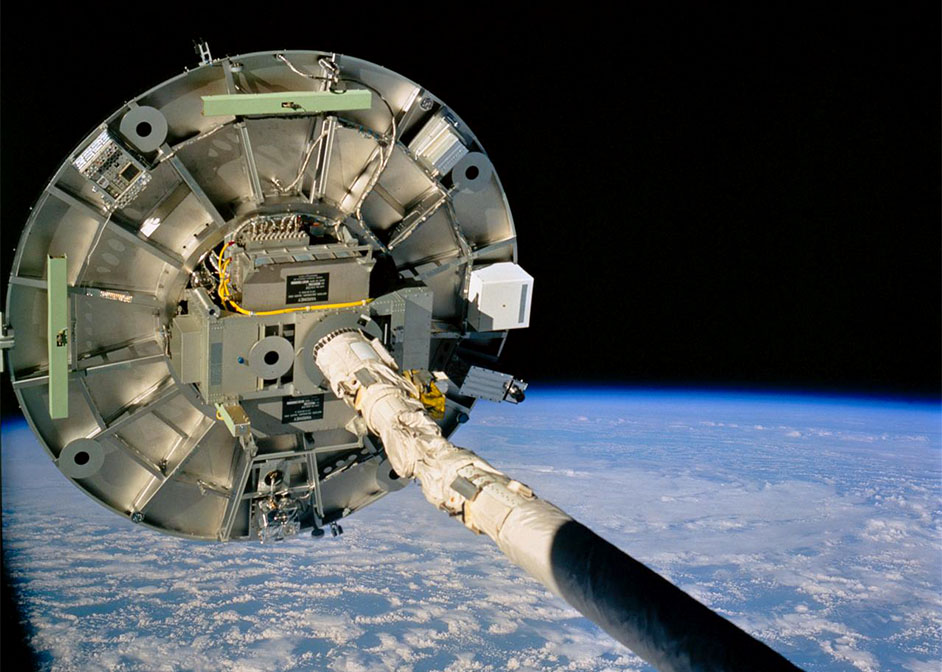Two University of Houston Faculty Honored in 2021

Alex Ignatiev, professor emeritus of physics in the College of Natural Sciences & Mathematics, is one of two University of Houston faculty named a 2021 Fellow of the National Academy of Inventors. Also named was Ganesh Thakur, Distinguished Professor of Petroleum Engineering and director of Energy Industry Partnership. Ignatiev and Thakur will be officially inducted during the academy’s annual meeting in June. Election to NAI Fellow is the highest professional distinction accorded solely to academic inventors.
Announcing the election of both Ignatiev and Thakur, the academy said both scientists have “demonstrated a highly prolific spirit of innovation in creating or facilitating outstanding inventions that have made a tangible impact on the quality of life, economic development, and welfare of society.”

“The election of two exceptional researchers to the NAI demonstrates the quality of UH research and its applicability to inventions that underpin a higher quality of life,” said Amr Elnashai, vice president for research and technology transfer at UH.
Ignatiev’s Career
In his long and esteemed career, Alex Ignatiev has served as director of two NASA-supported research and technology development centers at UH, and as the Lillie Cranz and Hugh Roy Cullen Professor of Physics, Chemistry, and Electrical and Computer Engineering. He was principal investigator of the Wake Shield Facility (WSF) program, which flew three times on the space shuttle and grew high-purity epitaxial semiconductor films and advanced oxide films in the vacuum of space.
The WSF is a 12-foot diameter stainless disk-shaped platform launched from the space shuttle that created a unique ultra-vacuum environment in its wake, with a combination of pumping speeds and vacuum levels thousands of times better than the best vacuum chambers on earth.
"We learned how to grow higher-quality semiconductor and oxide thin films from the shuttle experiments and used that knowledge in the lab to improve the quality of our superconducting films," Ignatiev said.
He is transferring the knowledge on thin film growth in space to the fabrication of solar cells on the moon. In addition to solar cell and semiconductor materials interests, Ignatiev has focused on high-temperature superconductor and advanced oxide thin film investigations. These efforts have led to the development of high-performance superconducting wires, high dielectric materials, optical detectors, nonvolatile oxide memories and solid oxide fuel cells.
The Honor
The 2021 NAI Fellow class includes164 prolific academic innovators across the world from 116 research universities and governmental and non-profit research institutes. They collectively hold over 4,800 issued U.S. patents. Among the new class of Fellows are 33 members of the National Academies of Sciences, Engineering, and Medicine, and three Nobel Laureates, as well as other honors and distinctions.
To date, NAI Fellows hold more than 48,000 issued U.S. patents, which have generated over 13,000 licensed technologies and companies, and created more than one million jobs. In addition, over $3 trillion in revenue has been generated based on NAI Fellow discoveries.
- Laurie Fickman, University Media Relations